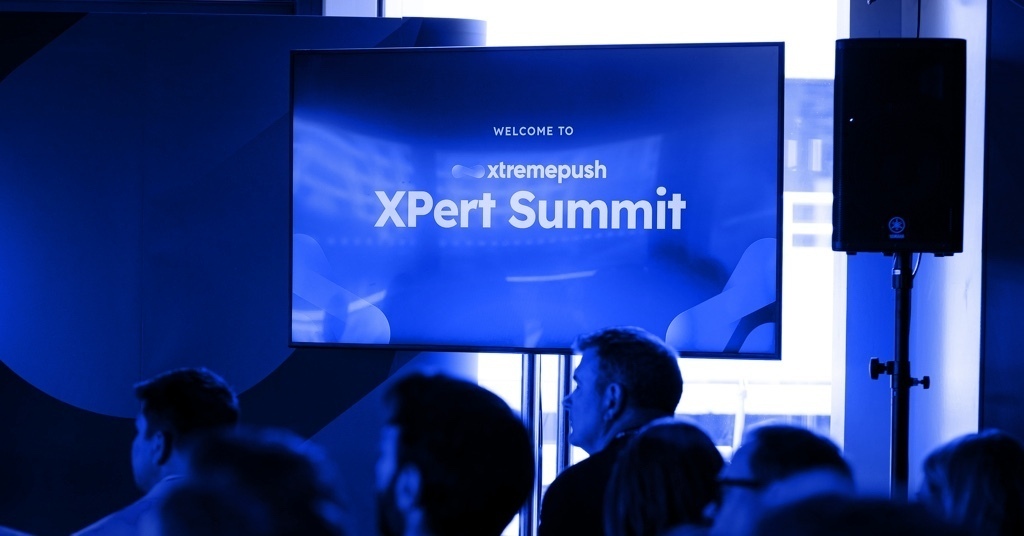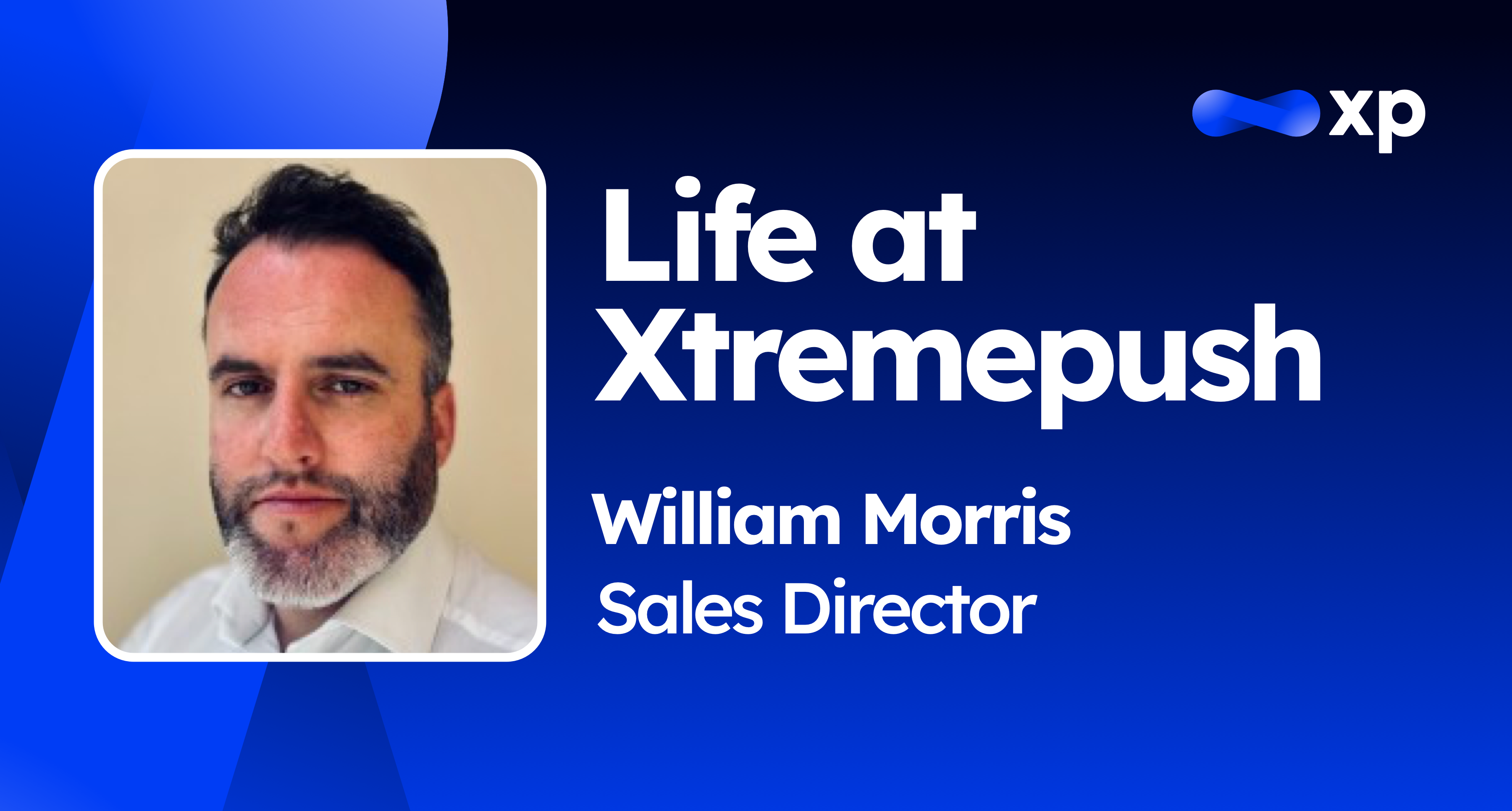Ecommerce brands have a challenge in gaining customers let alone retaining and engaging them. Growing an engaged audience will provide greater opportunities for transactions to take place, as well as increasing brand awareness. But with so many Ecommerce stores available for the consumer to choose from, how are brands able to differentiate and win the customer over.
Price and availability have always been two of the biggest drivers for consumers, with 57% of consumers stating that the lowest price is the most important company attribute when deciding where to buy followed by enhanced delivery at 43% (source).
However, there is a shift coming, by 2020 Customer experience will overtake price and product as the key brand differentiator (source)
What can brands do to be ready for this change?
Investing in customer experience and engagement now will pave the way for brands to capitalise when the consumer makes experience number one in their decision-making process. To create the right experience, enterprises need to fully understand their customers and what they are looking for.
While more weight maybe pressed upon customer experience, other factors including price and product will still be part of the overall experience, and brands need to remember that.
Effectively understanding their customers will enable brands to drive engagement and to provide a better customer experience. In the consumer electronics world, an engaged shopper will visit their preferred retailers website 44% more than an actively disengaged shopper.
Spending on average $373 per trip compared to an average of $289 for the disengaged customers. (Source) These statistics provide key evidence that an engaged customer will be more profitable than a disengaged one, and in the terms of the consumer electronics, $84 per shopping trip, or 29% more valuable.
Brands that understand how and why or why aren’t their customers are engaging with them, will enable more effective campaigns to drive additional engagement from the disengaged customers.
Where to Engage?
In Q4 of 2017 in North America, Retailers who have an App earned 44% of their transaction through their App, where are only 23% were driven by mobile web browsing and 33% by desktop. (source)
Having an App is a major advantage for retailer and Ecommerce sites, with 60% of consumers preferring to make a purchase via an App stating them to be faster and easier to navigate. (source)
It’s clear to see why Apps are the preferred choice for consumers. Apps that provide a positive experience to the consumer will drive engagement. However, a poor experience will not, with 52% of customers are less likely to engage with a company if their mobile experience is bad (source).
Providing a good customer experience is the difference between engaged customers and non-engaged customers. We’ve written about creaing a web push campaign as an eCommerce brand here.
Beyond push notifications, how can brands use an app to provide a positive customer experience and drive engagement?
In-App Messaging
In-App Messaging provides Ecommerce brands with an excellent engagement opportunity and to provide the right customer experience. From the moment a user downloads the app, a brand has the opportunity to make that initial engagement. About 50% of users will opt-in to Push Notifications (source), so providing an alternative engagement channel is essential. Using In-App Messages to aid users navigating the app by providing helpful tips and guidance will give the user a welcoming experience. Additionally using In-App Messaging to provide key details and information based on real-time actions by the user will provide a more personalised journey.
Xtremepush’s platform has a robust automation engine, that enables brands to trigger In-App Messages to the right customer at the right time. This event-driven automation provides enterprises with the tool needed to increase the relevancy of their messages to the user and drive engagement.
Influencing the User
Additional benefits brands can experience by implementing In-App Messaging are that you can nudge the users who have dropped-off the app journey and help them along with more relevant and personalised digital interventions.
App users are twice as likely to return within a month than desktop users (Source) which provides brands with increased opportunity for engagement. The engagement opportunities via In-App Messaging are the perfect tool to influence the user. By harnessing their behavioural data and previous interactions, you can create a completely personalised experience with recommended products that will resonate with the users, rather than a “people also viewed” strategy.
Build Brand Loyalty
41% of users who download shopping apps said they did so to unlock discounts and offers (source). Users are already looking for offers as soon as the app is installed, so brands who recognise this will be able to use In-App Messaging to boost their app engagement. Like with many mobile games that provide in-game bonuses for multiple daily logins to an app, a Retail/Ecommerce app could also benefit from a similar strategy.
7-Eleven used a similar tactic when implementing the Xtremepush platform to boost App engagement. They offered redeemable coins in return for sharing content via the app. Using the enterprise app analytics, 7-Eleven could understand who was using their app, when they were most engaged and what their preferences were. Utilising the app user insights, 7-Eleven were able to segment their customers to deliver highly relevant and personalised app engagement via In-App Messaging. Discover how successful their campaign was in our case study.
Xtremepush make it really easy to plan and implement In-App Messaging campaign.
If you’d like to learn more, contact our team today.













